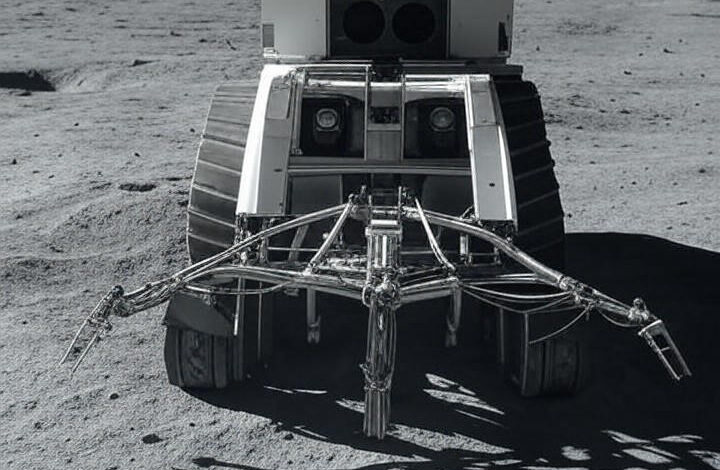Interlune Aims to Mine Lunar Helium-3 by 2028 for Clean Energy

In a significant development for the future of energy, the mining company Interlune has identified deposits of helium-3 on the lunar surface. This rare isotope is considered a potential game changer in industries ranging from clean energy to quantum computing. Reporting from various sources highlights the increasing commercial interest in space mining, as both nations and private enterprises seek to exploit the moon’s untapped resources.
Interlune’s discovery is particularly noteworthy because helium-3 is scarce on Earth but abundant on the moon, having accumulated in the lunar regolith due to billions of years of solar wind exposure. Unlike the more common helium-4, helium-3 is non-radioactive and holds promise for use in nuclear fusion, a technology that could provide virtually limitless, waste-free energy. Industry experts estimate the value of helium-3 at up to $20 million per kilogram, driven by its demand in high-tech sectors.
Geopolitical Landscape and Commercial Partnerships
The announcement comes at a time when competition for lunar resources is intensifying, particularly between the United States and China. According to a report from Space.com, Interlune’s plans align with broader ambitions to secure helium-3 for its use in quantum computing, where it acts as a critical coolant for maintaining ultra-low temperatures. The startup has already made strides in the market, securing agreements to supply up to 10,000 liters of extracted helium-3.
Concrete steps are being taken to realize this vision. Interlune has unveiled a prototype harvester that can process 110 tons of lunar soil per hour, as reported by The Washington Post. This machinery is designed to tackle the logistical challenges of lunar operations, such as extreme temperatures and the lack of atmosphere, while minimizing environmental disruption on the moon.
Technological Advancements and Economic Viability
The potential applications of helium-3 extend beyond energy. It is also valuable in medical imaging and supercomputing, fields where scarcity on Earth has driven prices higher. A feature in Forbes notes that Interlune is developing robotic systems for autonomous mining, with operations potentially commencing by 2028. This timeline aligns with NASA’s Artemis program and China’s Chang’e missions, which could facilitate the necessary infrastructure for transport and processing.
Challenges remain, including the high costs of space travel and the uncertain economics of returning materials to Earth. Nevertheless, proponents argue that in-situ resource utilization—using lunar materials for building habitats or fuel depots—could mitigate these expenses. Insights from Interesting Engineering describe how global superpowers view helium-3 as “moon gold,” with Russia also entering the competition, potentially reshaping the geopolitical landscape surrounding energy resources.
Economic considerations are attracting investors to this venture. Interlune has raised funds to deploy multispectral cameras for precise resource mapping, as reported by Autoevolution. Additionally, a significant agreement with the quantum cryogenics firm Bluefors marks one of the largest contracts in the space resource sector, emphasizing helium-3’s role in advancing computational power.
Ethically, the pursuit of lunar resources raises questions about equitable access under the Outer Space Treaty. Critics caution against a new rush for resources that could mirror colonial practices, while supporters argue for the potential shared benefits of technology, such as safer fusion energy that could aid in combating climate change.
Looking to the future, successful helium-3 mining could catalyze a broader space economy, encompassing the extraction of water ice, rare earth elements, and oxygen from lunar soil. Insights from 21st Century Tech Blog suggest these developments could support permanent lunar settlements, reducing humanity’s reliance on Earth-supplied resources. For industry insiders, the key metric will be scalability. If Interlune’s prototypes prove viable, the venture could attract billions in investment, transforming space from a scientific frontier into a profitable domain.
Ultimately, this lunar endeavor represents a pivotal shift in how humanity perceives and interacts with outer space. As extraction technologies advance, the dream of harnessing cosmic resources draws ever closer, promising profound implications for technological progress on Earth.






